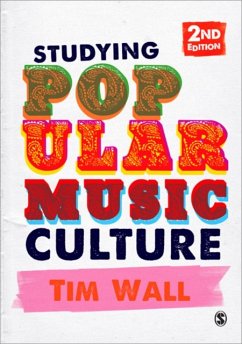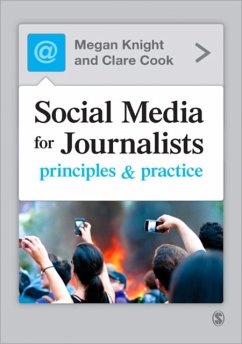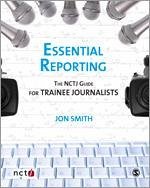
Understanding the Music Industries

PAYBACK Punkte
18 °P sammeln!
Everyone knows music is big business, but do you really understand how ideas and inspiration become songs, products, downloads, concerts and careers? This textbook guides students to a full understanding of the processes that drive the music industries. More than just an expose or 'how to' guide, this book gives students the tools to make sense of technological change, socio-cultural processes, and the constantly shifting music business environment, putting them in the front line of innovation and entrepreneurship in the future.Packed with case studies, this book:- Takes the reader on a journe...
Everyone knows music is big business, but do you really understand how ideas and inspiration become songs, products, downloads, concerts and careers? This textbook guides students to a full understanding of the processes that drive the music industries. More than just an expose or 'how to' guide, this book gives students the tools to make sense of technological change, socio-cultural processes, and the constantly shifting music business environment, putting them in the front line of innovation and entrepreneurship in the future.
Packed with case studies, this book:
- Takes the reader on a journey from Glastonbury and the X-Factor to house concerts and crowd-funded releases;
- Demystifies management, publishing and recording contracts, and the world of copyright, intellectual property and music piracy;
- Explains how digital technologies have changed almost all aspects of music making, performing, promotion and consumption;
-Explores all levels of the music industries, from micro-independent businesses to corporate conglomerates;
- Enables students to meet the challenge of the transforming music industries.
This is the must-have primer for understanding and getting ahead in the music industries. It is essential reading for students of popular music in media studies, sociology and musicology.
Packed with case studies, this book:
- Takes the reader on a journey from Glastonbury and the X-Factor to house concerts and crowd-funded releases;
- Demystifies management, publishing and recording contracts, and the world of copyright, intellectual property and music piracy;
- Explains how digital technologies have changed almost all aspects of music making, performing, promotion and consumption;
-Explores all levels of the music industries, from micro-independent businesses to corporate conglomerates;
- Enables students to meet the challenge of the transforming music industries.
This is the must-have primer for understanding and getting ahead in the music industries. It is essential reading for students of popular music in media studies, sociology and musicology.














